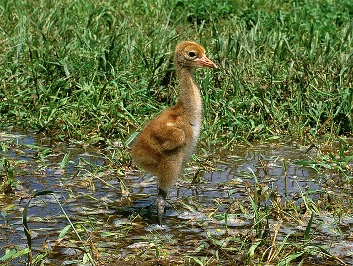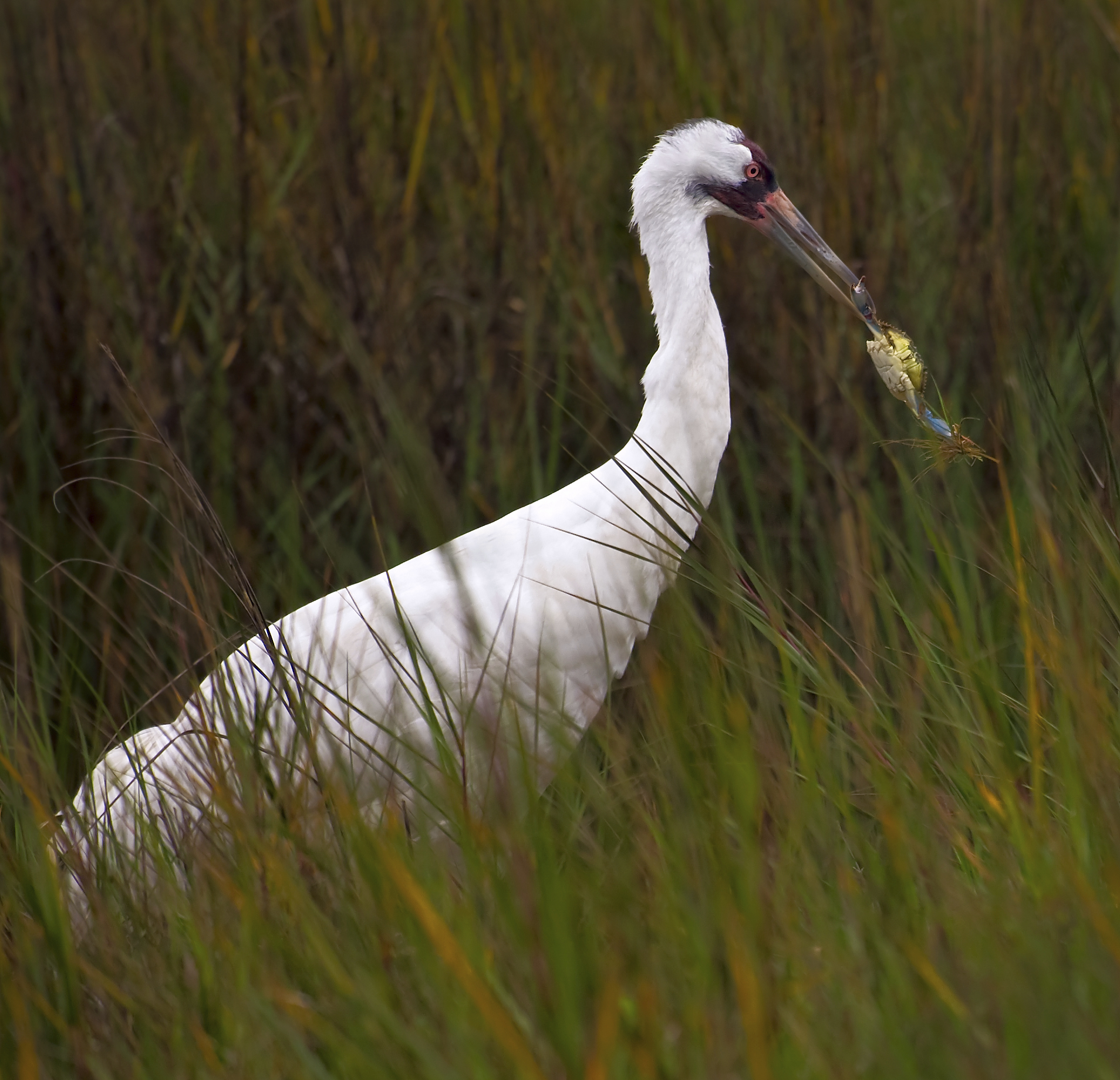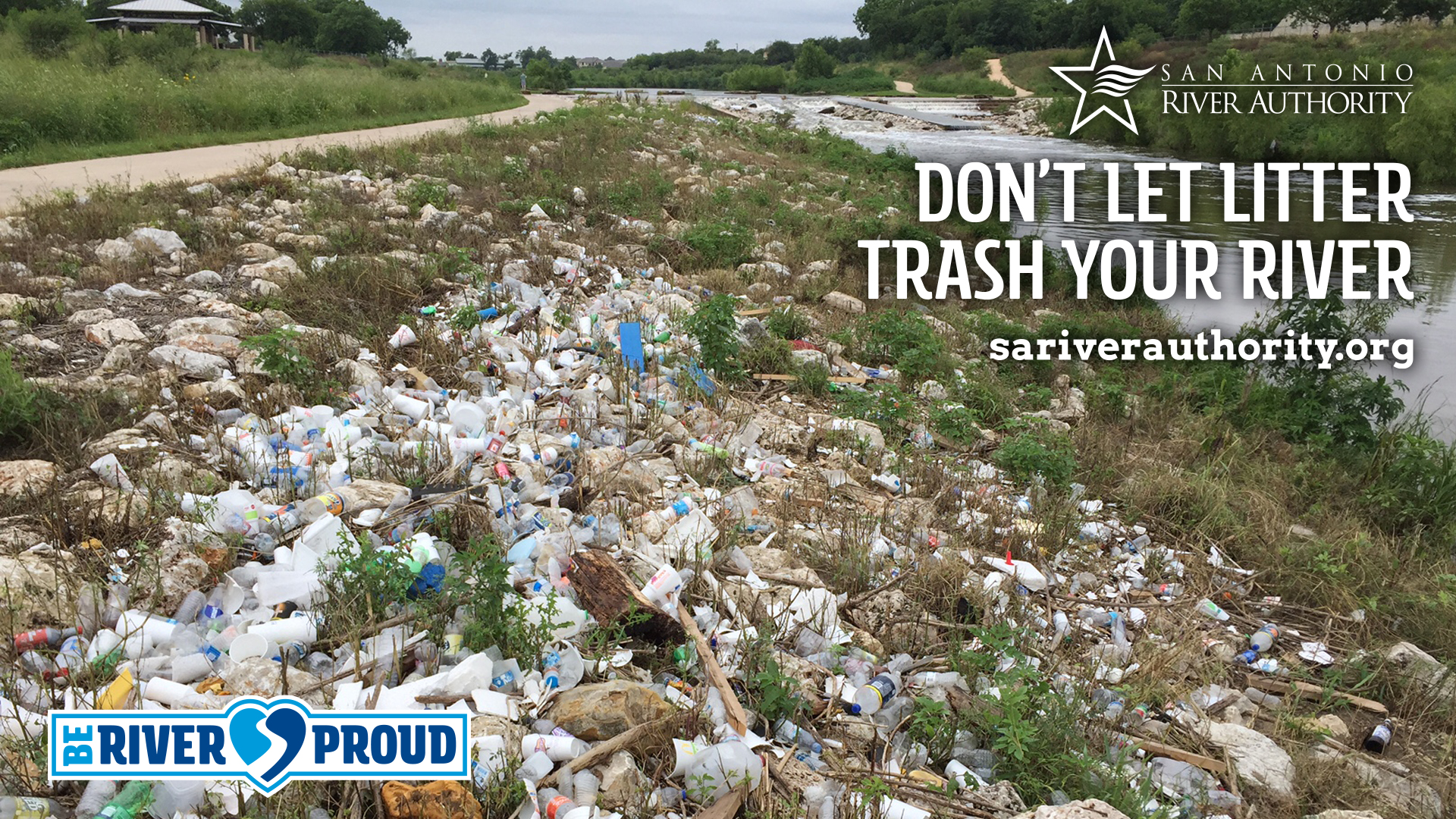Welcome to the River Authority’s Basin Report Card series!
In 2020, the San Antonio River Authority (River Authority) developed the San Antonio River Basin Report Card from the drive to harmonize the needs of people and nature through our stewardship of the San Antonio River Basin. The primary purpose of the Report Card is to shine a light on the healthy, and the unhealthy, aspects of the basin. We hope that educating the public can instigate change in individual behavior and public policy decisions, actions, and investments that support a sustainable San Antonio River Basin that is safe, clean, and enjoyable for all.
The 2nd Annual San Antonio River Basin Report Card was released in September to correspond with World Rivers Day. The overall grade for the 2021 Report Card is a “B.” This was the same grade for 2020.
This overall grade is based on the average of twelve indicator grades. With each following report card, the grades for the indicators will show trends that clearly demonstrate where progress is being made and where improvements are still needed.
Each month we will highlight a specific indicator and its grade. Follow along to read how you can help improve the health of area creeks and rivers! This month’s indicator is…
Whooping Crane Population Growth
What is a Whooping Crane?
Photo Credit: San Antonio River Authority
The Whooping Crane, Grus americana, is named for its distinct whooping call and is one of the rarest bird species in North America. It is also the tallest, standing up to five feet, with a wingspan of up to 7.5 feet! The only remaining wild population of Whooping Cranes, called the Aransas-Wood Buffalo Population (AWBP), winters in the bays and estuaries near San Antonio Bay. This population of Whooping Cranes migrates from Canada, where it spends the summers, to Aransas National Wildlife Refuge.
Once reduced to near extinction, with as few as 15 cranes in 1941, recovery efforts have expanded the AWBP considerably in recent years. The River Authority engages with numerous partners at the state, local, and federal levels to foster the understanding that healthy waters upstream contribute to healthy waters downstream and into the bay and estuary system where the Whooping Cranes rely on a clean habitat for food.
So, how did we do for 2021?

Whooping Crane chick. Photo Credit: International Crane Foundation
A healthy population of Whooping Cranes can be considered an indicator for a healthy bay and estuary system in San Antonio Bay. Based on the United States Fish and Wildlife Service (FWS)’s Whooping Crane Recovery Plan, there isn’t an existing measurement yet to grade against for this report card. Therefore, the grade is created from annual bird counts of Whooping Cranes, which the FWS completes using aerial surveys. For this year’s Report Card, the Winter 2020-21 survey results are the same as the previous 2019-20 data. This is due to the cancellation of aerial surveys based on COVID-19 and pilot safety concerns. However, The FWS has stated that missing this year’s flights would not have a lasting impact on their survey.
As seen below, for this year’s grade, the assumed 2020-21 count data was scored against the annual average counts from the five previous winter survey years. This resulted in a grade of an A+ for 2021.

It’s hard to make an accurate trend analysis given the lack of an actual Winter 2020-21 FWS survey. Therefore, our hope is FWS will be able to conduct the Winter 2021-22 Whooping Crane count so future report cards will include more recent and accurate data rather than assumptions.
How can I help the Whooping Crane?

Whooping Crane survival depends on human choices throughout the San Antonio River Basin from the City of San Antonio to San Antonio Bay.
There are many ways you can help these extraordinary birds! Here are some actions you can take right now:
- Use proper recycling and waste disposal practices to keep plastic and others trash out of the river. Plastics and other trash can cause harm to species throughout the basin and impact the health of the species in San Antonio Bay.
- Plant native vegetation in your yard. You can help to increase freshwater inflows in San Antonio Bay, benefitting local blue crab populations, by doing away with a traditional lawn that uses non-native and often water-intensive vegetation.
- Contact your elected officials. Tell them you support funding for the U.S. Fish & Wildlife Service, the Environmental Protection Agency, the Clean Water Act, the Endangered Species Act, and research on the USGS migration and winter ecology of the Aransas-Wood Buffalo Population of Whooping Cranes.

I want to see the Whooping Cranes!
The best way to learn about Whooping Cranes is to see them in-person by visiting their wintering habitat at the Aransas National Wildlife Refuge or taking a boat tour of San Antonio Bay. View the Full Report Card for info on where to see these majestic creatures and more. Together, we can achieve and maintain good grades in the annual San Antonio River Basin Report Card!




